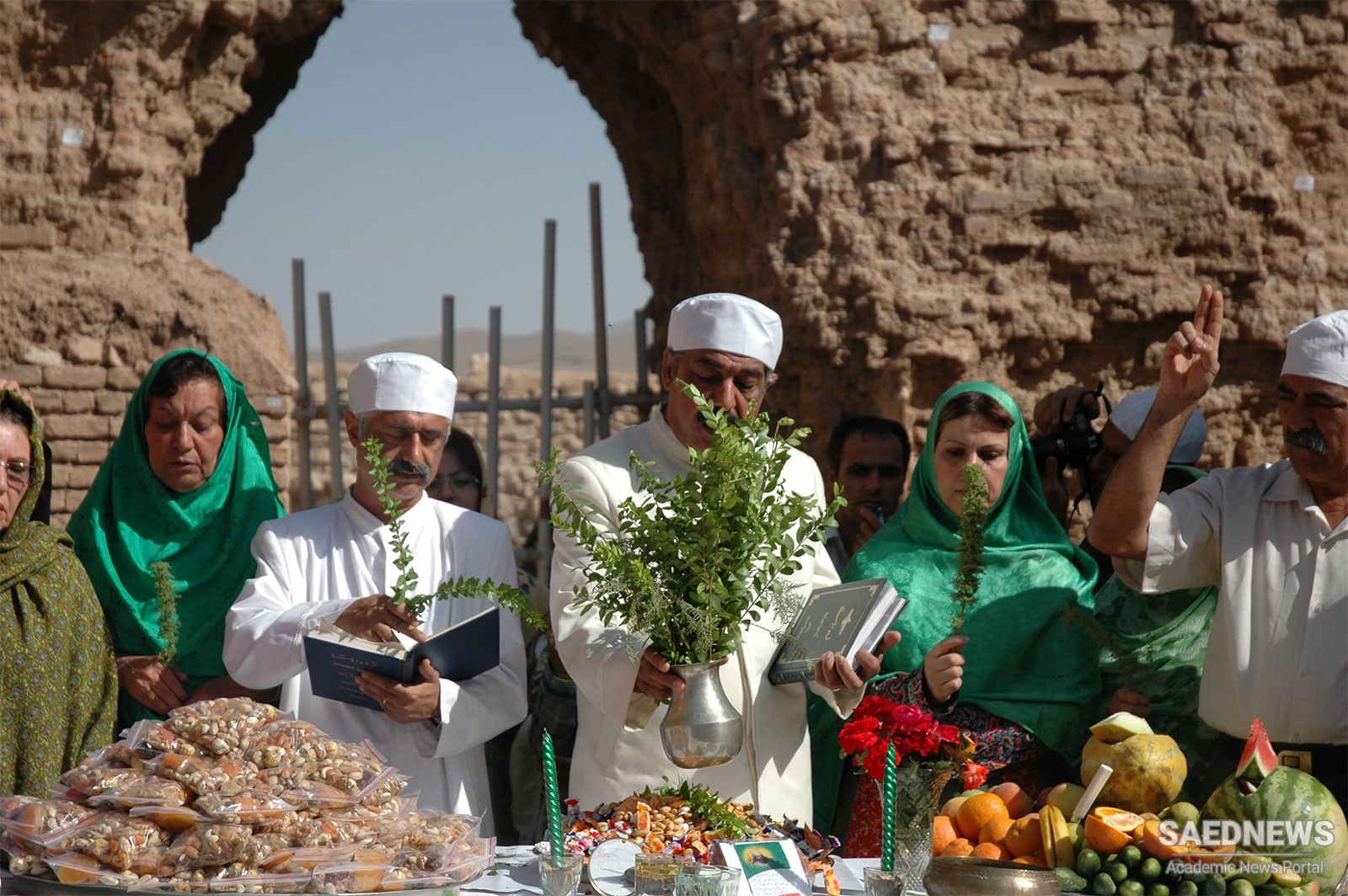The duties of priests include reciting the liturgy in the temples and in the homes of members of the community, saying prayers for the dead, and conducting weddings, navjotes (initiation ceremonies), and jashans (rituals of memorial and thanksgiving). Zoroastrian priests are known as mobeds; in India they are called dasturs. There are several levels in the priestly hierarchy. The highest grade of priest is known as a mobed e mobedan. Mobedyars are priests in training.
In India priestly training usually begins immediately after navjote when children are about seven years old. It requires memorizing the basic scriptures and liturgy, after which they have to undergo a ceremony that requires a series of purification rituals. The basic liturgy, the Yasna, is always recited in Avestan, so memorization is by heart. The candidate spends a period of nine days in retreat and undergoes a second purification ritual. Then he is dressed in white, the color of purity, and ordained by a senior mobed. After the ritual he recites the Yasna. Over the following days he recites other liturgies, earning the right to be called ervad, a title for a Zoroastrian priest. The candidate may perform basic ceremonies, including the navjote and wedding ceremonies, although he may not celebrate high rituals, including the Yasna. Many young men stop at this level and go into other professions.


 Ahura Mazda as Presented in Zoroastrianism
Ahura Mazda as Presented in Zoroastrianism














































